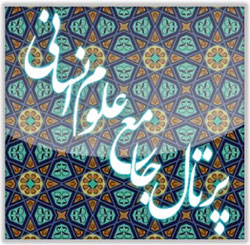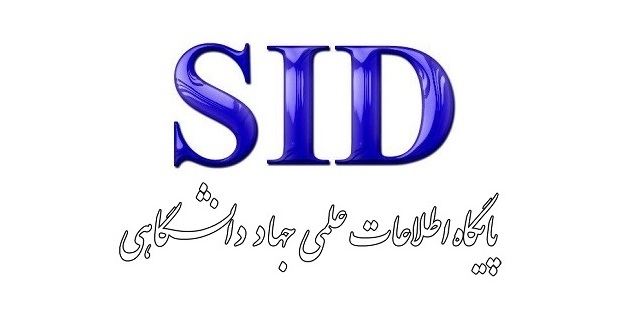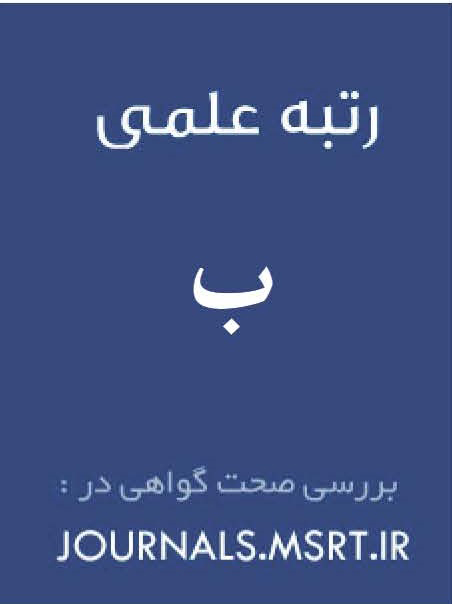An Examination and Analysis of the Maturity Indicators in the Characters Present in the Poetry of Parvin E’tesami
Keywords:
Parvin E’tesami, psychological growth, humanistic psychology, self-actualization, thematic analysis, social ethicsAbstract
This study aims to explore the dimensions of psychological growth embodied in the characters of Parvin E’tesami’s poetry and to analyze the humanistic underpinnings of her work. Using a qualitative, thematic analysis approach, the entire divan was examined to identify verses reflecting core traits of mature and self-actualized personality. Findings reveal that Parvin’s poetic figures transcend simple moral advice and depict a dynamic process of personal and social development. Key dimensions identified include clear perception of reality, acceptance of self and others, spontaneity and simplicity, problem-centeredness and social mission, intellectual independence and resistance to passive acculturation, empathy and humane relationships, discernment of means and ends, and non-hostile philosophical humor. Results show that through allegory and dialogic structure, Parvin provides a culturally embedded model of psychological and ethical growth consistent with humanistic theories yet deeply rooted in Iranian values. Her poetry emerges not only as moral counsel but also as a practical resource for life skills education, empathy cultivation, and critical thinking development, illustrating the potential of literature as a powerful tool for fostering balanced and socially responsible individuals.
Downloads
References
1. Schultz D. Growth Psychology. Tehran: Roshd; 1990.
2. Maslow AH. Motivation and Personality. Tehran: Nashr Markaz; 1993.
3. Parsa M. Humanism and Education. Tehran: SAMT; 2003.
4. Dehbashi A. Parvin E’tesami: Life and Poetry. Tehran: Goftar; 1991.
5. Hamidian S. Social Poetry of Parvin E’tesami: A Re-reading. Tehran: Ghatreh; 1994.
6. Yahaghi MJ. Symbol and Allegory in Contemporary Persian Poetry. Tehran: Sokhan; 2006.
7. Schultz D, Schultz S. Theories of Personality. Tehran: Virayesh; 2013.
8. Alinejad Z. A Psychoanalytic Study of Parvin E’tesami’s Poetry. Contemporary Literary Criticism Journal. 2023;7(2):115-42.
9. Rahimi E, Rahimi M. Psychological Needs of Maslow in Persian Classical Texts. Psychology and Literature Journal. 2022;9(1):35-68.
10. Sadeghi MR. Social Psychology in the Poems of Parvin E’tesami. Humanities Research Journal. 2021;18(4):91-120.
11. Pouraskandar F. Social Interest in Parvin E’tesami’s Poetry: An Adlerian Perspective. Contemporary Persian Literature Studies. 2019;4(2):25-55.
12. Ghasemi M, Mozaffari R. Psychoanalytic Criticism of “Most va Mohtaseb” by Parvin E’tesami. Journal of Persian Language and Literature Studies. 2021;11(3):45-70.
13. Bahrevar A. A Psychological Reading of Rumi’s Life Based on Maslow’s Hierarchy. Comparative Literary Studies. 2009;2(1):45-70.
14. Zahirinejad F. Self-Actualization in Masnavi: A Humanistic Approach. Mystical Literary Studies. 2008;3(1):75-102.
15. Sohrabi N, Saed M. Psychological Analysis of Attar’s Simorgh Story Using Maslow’s Theory. Persian Mysticism and Literature. 2019;12(4):63-90.
16. Seif AA. General Psychology. Tehran: Doran; 2011.
17. Francis D, Kritsonis W. Maslow’s Hierarchy of Needs: An Educational Perspective. National Forum of Educational Administration and Supervision Journal. 2006;23(3):1-8.
18. Pardee R. Maslow’s Theory of Motivation and Learning. The Journal of Humanistic Psychology. 1970;10(2):5-15.
19. Heydari R, Kardoust Fini S. Humanism and Self-Actualization in Rumi and Maslow. Humanistic Psychology Research Journal. 2013;1(2):31-55.
20. Karimi AA. Personality and Motivation Psychology. Tehran: Allameh Tabataba’i University Press; 2010.
21. Shari’at-Bagheri M. Perfect Human in Rumi and Maslow. Psychology and Religion Quarterly. 2012;5(2):81-104.
22. Jalili N, Faghih Malek-Marzban A. Mystical Peak Experience in Bidel’s Poetry and Maslow’s Theory. Modern Comparative Literature. 2019;6(3):150-82.
23. Shariati A. Justice and Humanity in Persian Poetry. Tehran: Ghalam; 1983.
24. E’tesami P. Divan-e Ashar-e Parvin E’tesami. Tehran: Sokhan; 2008.
Downloads
Published
Submitted
Revised
Accepted
Issue
Section
License
Copyright (c) 2025 Alireza Gilani (Author); Mansooreh Mashayekhie; Mohammad Fatehi (Author)

This work is licensed under a Creative Commons Attribution-NonCommercial 4.0 International License.








